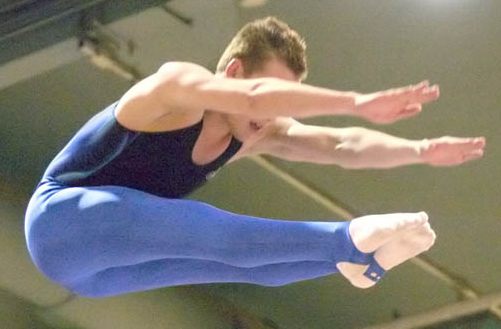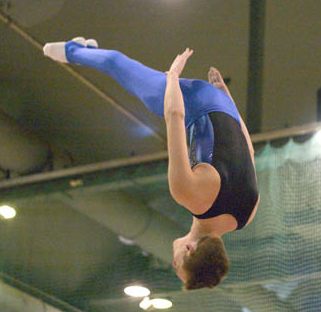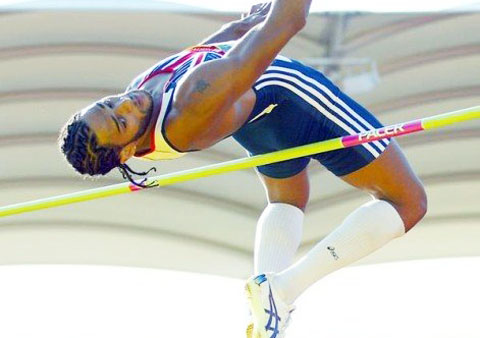OCR PE Unit 6.3
Games Based Sport - Cricket
From the three sports I have chosen cricket is my strongest. I only started playing cricket for a team in June, so I am quite inexperienced. However I have thoroughly enjoyed this first season and am already looking forward to next summer. This post evaluates my ability and performances in cricket.
My Season Batting and Bowling Averages
Batting
Innings | Scores |
1 | 0 |
2 | 12 |
3 | 19 |
4 | DNB |
5 | 6 |
6 | 22 |
7 | DNB |
Innings | Wickets | Overs | Runs |
1 | 1 | 1 | 0 |
2 | 2 | 4 | 18 |
3 | 3 | 3 | 5 |
4 | 2 | 3 | 14 |
5 | 2 | 4 | 21 |
6 | 0 | 4 | 30 |
7 | 2 | 3 | 19 |
1. My statistics in the first table equate to a batting average of 11.8. A batting average is calculated by dividing the total runs scored by the number of innings in which you lose your wicket.
Example
A batsman scores 86 in his first innings and 14 in his second. If he is out in both innings, his average would be 50. However if he is not out in one of the innings, then his average would be 100.
The highest Test batting average of all time is Donald Bradman's 99.94. As you can see I have a long way to go before I reach these amazing statistics!
2. My statistics in the second table equate to a bowling average of 8.9. A bowling average is calculated by dividing the total runs conceded by the number of wickets taken.
Example
A bowlers statistics in 10 overs are 5 wickets for 40 runs. As a result of these figures his average is 8. The number of overs bowled is irrelevant. Although the number of overs doesn't affect the average, we can work out the bowlers run rate by dividing the number of runs conceded by the overs bowled. In this case the run rate would be 4.
Performance Evaluation
Overall I am pleased with my figures and achievements in my first season playing cricket.
I am fairly satisfied with my batting perfomances, especially my highest score of 22 which included 3 boundaries. However between innings 3 and 5 there was a match in which I didn't bat as we bowled the opposition out quite cheaply. In chasing their total we only lost one wicket and as I was due to bat in the middle order I did not get a chance. This lack of match practice may have contributed to my failure to score well in the 5th match. In truth, I was probably too eager to do well and went for an agressive pull shot to a straight ball which I missed and looked back to see my stumps broken.
I am particularly pleased with my success in bowling. I have had a consistent season after a very successful start which saw me bowl a wicket maiden in my only over (beginners luck perhaps). I achieved my best figures in the third match when I bowled a really tight line and length and managed to pick up 3 wickets. As well as bowling tightly, I bowled a good variety of deliveries including some spin and swing balls. My most difficult match was the sixth. From 3 overs I had conceded 14 runs for 0 wickets. The first 2 balls of my last over were both hit for 4 and considering I didn't have any wickets under my belt I became annoyed and frustrated and tried to bowl too quickly. The result was bowling too short and wide and for the remainder of the over, which in total saw me concede 16 runs.
Lesson to Lesson Progress
In actual lesson time we have not yet played cricket, so it hasn't been possible for me to complete a lesson to lesson diary. However I have participated in many after school clubs. During the summer I filled in for my friend's team, Kemsing CC. Kemsing CC's home ground is near Sevenoaks. My friend is a medium paced bowler, similar to me. We both regularly opened the bowling and to confuse the batsman I would often add some spin balls into my overs. We enjoyed bowling together in a match situation.
Throughout the year I go to the nets in my spare time with my Dad, which is helpful as far as time playing is concerned.
However my club offer the opportunity to face balls against people of the same age and ability as you, which is more realistic when preparing for matches. My technique has definitely improved by going to the nets bowling and batting.
Below is a diagram showing what I have learnt session by session -
1. In this session I learned the basic skills and techniques used
in bowling and in batting and how to perform these skills

2. In this session I developed my hand eye coordination
and accuracy

3. In this session I developed my own bowling action and how I would
decide to set out my overs, e.g. spin, seam or swing etc

4. In this session I put into practice my bowling and batting skills,
I bowled with one stump in the ground to
improve my accuracy and faced a variety of balls. I also
learned to run quickly with the pads on
Training and Drills
- Bowling with only one stump in the ground to improve accuracy
- Hung a ball inside a sock onto the roof of the net and hit it to test reflexes and hand eye coordination
- Quick catching practice to improve reflexes
- Rolling cricket balls on a bumpy surface to test reflexes
Witness Statement
My Dad - John Holczimmer
'Ryan has been playing cricket most of his life until during the summer of 2011 he decided he wanted to play for a club. He has had most of his success when bowling and during the winter his batting has improved a lot. Ryan has opened the bowling for his club a few times and has had a few high scores when he has been batting. From watching Ryan I have observed that he needs to improve running between wickets and bowling a consistent line and length. Ryan has been run out twice and he must learn when to take a run, and when to look for a second.'
My Coach - Pat Oshaughnessy
'Ryan joined Kemsing CC last summer and is now one of our key players. Ryan has picked up some wickets when bowling and has improved in his batting. To further improve Ryan should work on his concentration when batting and not to let the adrenaline and eagerness get him out cheaply. Overall Ryan's bowling is important to the success of our team, but he should try not to bowl quickly, as when he does he gets hit for runs.
Personal Evaluation
'Cricket is my favourite sport. I love the excitement when batting but my success has mainly come from bowling. I am pleased with my figures, bowling and batting, and my performance in the field. To progress I should not become frustrated when I do not bowl well and I should definitely focus on not getting run out!'
Identifying Strengths and Weakenesses
Fielding
Strengths | Weaknesses |
Safe hands | Throwing |
Good technique | Backing up |
To improve my throwing I could work on my technique and power. I could focus on throwing with my shoulder rather than my arm. I could also work work on the accuracy of the throwing.
To improve my backing up skills I could keep thorough concentration of where the ball is and where the ball is being aimed. I often field at mid on therefore I need to back up the wicket keeper.
Batting
Strengths | Weaknesses |
Square Cut | Forward defensive |
Sweep shot | Running between wickets |
Reverse sweep | Looking for overthrows |
Straight Drive | Backward defensive |
To improve my forward defensive shot I can keep the gap between my bat and pad limited and get out to the pitch of the ball.
To improve my running between wickets and looking foir overthrows I should always run the first run hard and look for a slip up in the field to see whether another run is possible.
To improve my backward defensive shot I should decide whether to go out to the ball or come back to it. Balls that are on my stumps I should always try to use a forward defensive shot.
Bowling
Strengths | Weaknesses |
Accuracy | Bowling wide balls |
Consistent line and length | Becoming frustrated |
Variety of deliveries | Bowling speed |
To improve bowling wide balls I should work on taking my time between bowling balls and not trying to bowl to quickly.
If I get hit for 4 back to back I need to focus on keeping my head and maybe bowl on the batsman's stumps.
I would like to bowl a bit faster to put the batsmen under more pressure but when I try to bowl too quickly I end up bowling wide and no balls.
Below are 2 videos showing my performance in cricket -
Batting
Bowling
























